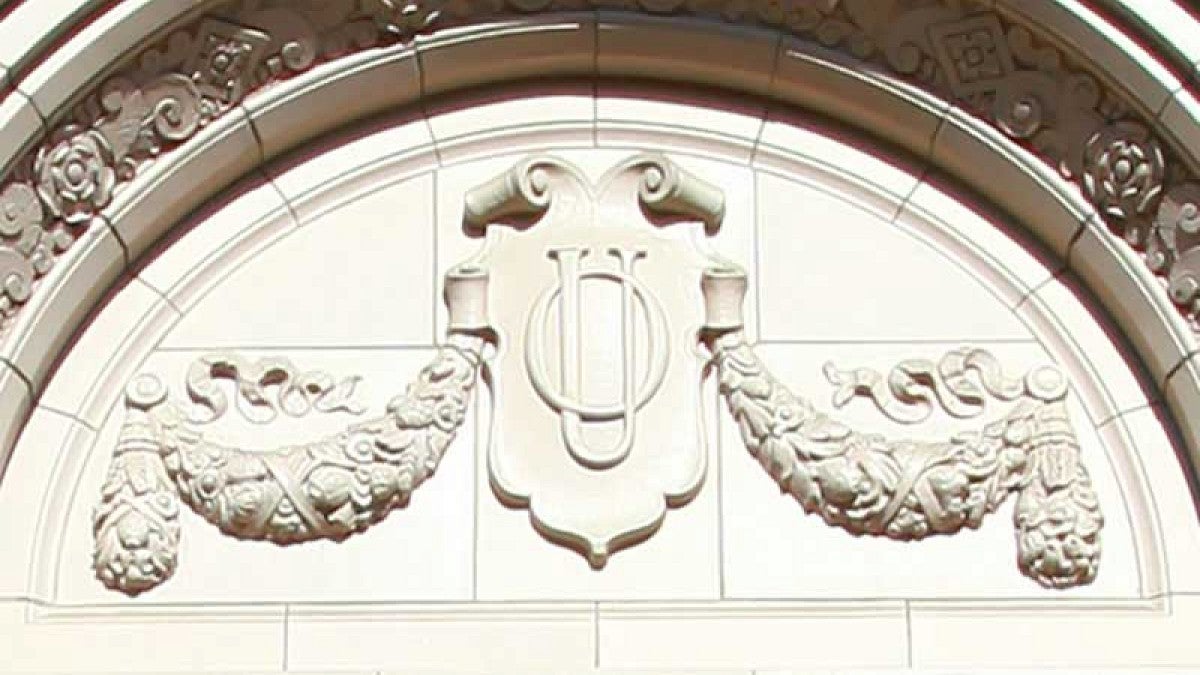The university’s approach to teaching evaluation is about undergo significant revisions in an effort to eliminate implicit bias and add greater meaning to the process.
The University Senate and the Office of the Provost are working to update the university’s student evaluations and create a new model for teaching evaluation that includes self-reflection, peer review and student feedback. Interested members of the campus community are invited to a set of town halls to learn more.
“Excellence is the goal of our work here at the University of Oregon, and that includes excellence in teaching,” said Jayanth Banavar, provost and senior vice president. “To continuously improve in this area, we will create a framework that helps provide more instructive and meaningful feedback to our faculty.”
A set of town hall meetings hosted by the Teaching Evaluation Senate Task Force will take place May 1-3 for undergraduate and graduate students, faculty and unit heads to learn more about the multiyear process and offer comments.
Many units rely heavily on numerical ratings provided by the student course evaluation system to evaluate teaching quality, but new studies indicate these ratings are unrelated to learning outcomes and are affected by implicit bias.
“Student success and student learning hinge on how courses are taught, and many faculty are not trained in the scholarship of teaching and learning prior to obtaining their first faculty position,” said Sierra Dawson, associate vice provost for academic affairs, who is the University Senate liaison on the project. “The teaching evaluation process must provide methods for continual course improvement and faculty engagement around evidence-based teaching methods.”
Pilot efforts are underway for new midterm and end-of-term student feedback surveys, as well as instructor reflection tools, and will continue through the summer. The new teaching evaluation system will be phased in during the next few years.
"The faculty are committed to continuously improving teaching and learning, and student feedback is crucial to that,” said Senate Vice President Bill Harbaugh. “Every professor has a story about how they’ve used insights from student comments to improve their teaching. But new research from UO and many other schools has shown that the numerical scores from the kinds of evaluations UO uses are, at best, orthogonal to student learning. Put simply, this means that those numbers provide little useful information about what students learn. So they don’t help faculty improve their teaching.”
The Senate will vote before the end of this term on a motion to discontinue the use of numerical student ratings and replace them with a new system to gather input on the student experience related to specific best practices in teaching, coupled with peer reviews and faculty reflections for teaching evaluation.
A new website has been launched as a hub for information as the process is developed, evolves and is implemented. It is organized around three main categories: a new peer review of teaching framework, instructor reflection and student experience surveys.
“Thanks to developments in the scholarship of teaching, we now have the tools to produce meaningful classroom observations, as well as faculty self-assessment,” Banavar said. “We will put these tools to work across our campus for the benefit of our students.”


